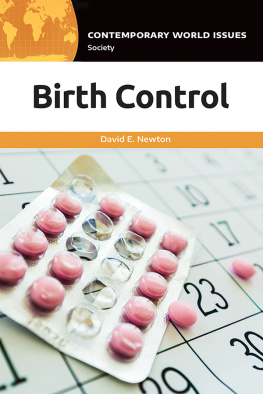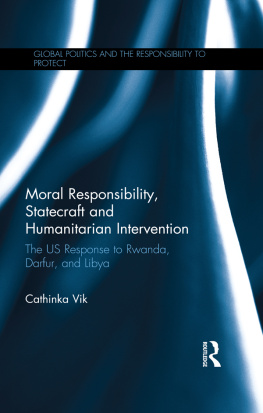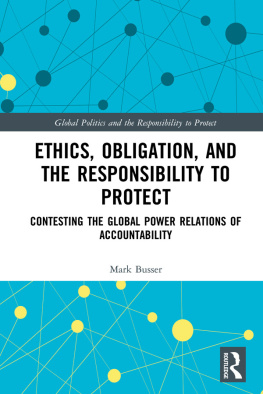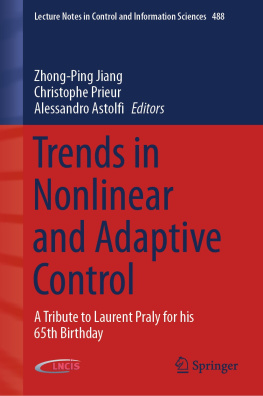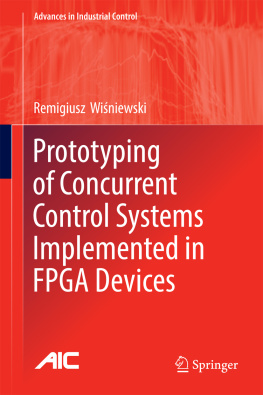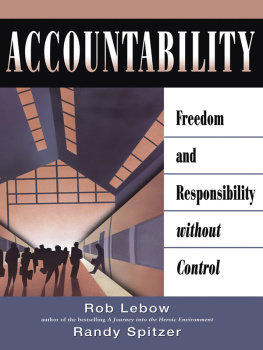Chapter 1
The New Diminished Responsibility Plea: More than Mere Modernisation?
Ronnie Mackay
Introduction
A new diminished responsibility plea was introduced into English law by s. 52 of the Coroners and Justice Act 2009. It received Royal Assent on 12 November 2009. The reformed plea was the culmination of work done by both the Law Commission and the Ministry of Justice. What is important, however, is to assess the potential impact of the new plea and, in particular, whether it merely modernises the old s. 2 or goes further than this. Certainly, the former has been the consistent view of the government and the Ministry of Justice. Most recently in the circular dealing with the new plea issued by the Criminal Policy Unit of the Ministry of Justice it is stated that It replaces the existing definition of the partial defence with a new, more modern one. In essence, therefore, the official view has been that the old s. 2 was in need of clarification and modernisation. Clarification, as the old plea did not explain what was involved in the substantial impairment of the defendants mental responsibility; modernisation because the defence was not drafted with the needs and practices of medical experts in mind, so was out of step with current psychiatric thinking. However, rather than merely update the old s. 2, the new plea introduces a number of new concepts and as such could be regarded as a radical departure from its former self. It is important then to understand why such an approach was adopted.
The New Plea
The new plea for England and Wales is contained in s. 52 of the Coroners and Justice Act 2009 which provides as follows:
52 Persons suffering from diminished responsibility (England and Wales)
(1) In section 2 of the Homicide Act 1957 (c. 11) (persons suffering from diminished responsibility), for subsection (1) substitute
(1) A person (D) who kills or is a party to the killing of another is not to be convicted of murder if D was suffering from an abnormality of mental functioning which
(a) arose from a recognised medical condition;
(b) substantially impaired Ds ability to do one or more of the things mentioned in subsection (1A); and
(c) provides an explanation for Ds acts and omissions in doing or being a party to the killing.
(1A) Those things are
(a) to understand the nature of Ds conduct;
(b) to form a rational judgement;
(c) to exercise self-control.
(1B) For the purposes of subsection (1)(c), an abnormality of mental functioning provides an explanation for Ds conduct if it causes, or is a significant contributory factor in causing, D to carry out that conduct.
It is interesting to compare this with the old plea which provided:
Where a person kills or is a party to the killing of another, he shall not be convicted of murder if he was suffering from such abnormality of mind (whether arising from a condition of arrested or retarded development of mind or any inherent causes or induced by disease or injury) as substantially impaired his mental responsibility in doing or being a party to the killing.
What is immediately apparent is that other than the words abnormality and substantially impaired, very little of the old plea remains and gone is any reference to the term responsibility. Contrast this with the new plea in Scotland contained in s. of the Criminal Justice and Licensing (Scotland) Act 2010 which provides:
A person who would otherwise be convicted of murder is instead to be convicted of culpable homicide on grounds of diminished responsibility if the persons ability to determine or control conduct for which the person would otherwise be convicted of murder was, at the time of the conduct, substantially impaired by reason of abnormality of mind.
From a cursory glance at all three provisions the following tentative conclusion might be drawn, namely that the Scottish provision bears more likeness to the old s. 2 than to its newly reformed counterpart and in that respect seems more akin to an update or clarification than the new s. What then influenced the shape of our new diminished responsibility plea? To answer this we need to consider the role of the Law Commission.
The Role of the Law Commission
Prior to the enactment of the new s. 2 the Law Commission gave full consideration to the question of reforming diminished responsibility first in relation to its work on partial defences to murder In the former the Commission described past reform proposals which again did not seem to represent any radical departure from the original plea. More importantly, the Commission, drawing on the results of the empirical research it had commissioned, concluded:
Our view is that for the time being, and pending any full consideration of murder, s2 should remain unreformed. There appears to be no great dissatisfaction with the operation of the defence and this is consistent with our consideration of the results of Professor Mackays investigation of the defence in practice.
Despite this clear conclusion that no reform was required the Commission under the heading A signpost for the future stated:
That said, we should not be shy about putting forward our thinking as to how a partial defence of diminished responsibility might be framed, were it to continue to be a defence under a reformed law of murder. We put forward our tentative suggestion as a stalking horse against which the wisdom of having any such defence may be judged.
In making this suggestion the following remark is significant in terms of what reform proposal in particular seems to have influenced the Commission: We see some attraction in the part of the version proposed by the New South Wales Law Reform Commission. The Commission continued its consideration of diminished responsibility as part of its work on murder with the result that its tentative suggestion, after further consultation, was reformulated into the following recommended definition:
(a) a person who would otherwise be guilty of first degree murder is guilty of second degree murder if, at the time he or she played his or her part in the killing, his or her capacity to:
(i) understand the nature of his or her conduct; or
(ii) form a rational judgement; or
(iii) control him or herself,
This proposal was then considered by the Ministry of Justice. In doing so the Ministry of Justice concluded that it was an appropriate vehicle for reform, with the result that, after parliamentary scrutiny, we now have a new diminished responsibility plea modelled on the Law Commissions proposal, subject to the exclusion of developmental immaturity. As mentioned above, however, it seems clear that the work of the New South Wales Law Commission was an important factor in the overall thinking behind our new plea. Accordingly, it seems pertinent to consider this work together with why reform was felt necessary in that jurisdiction and what impact the reformed plea has had.



